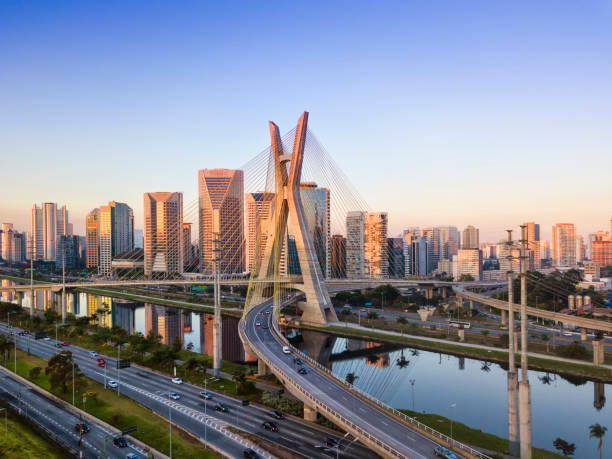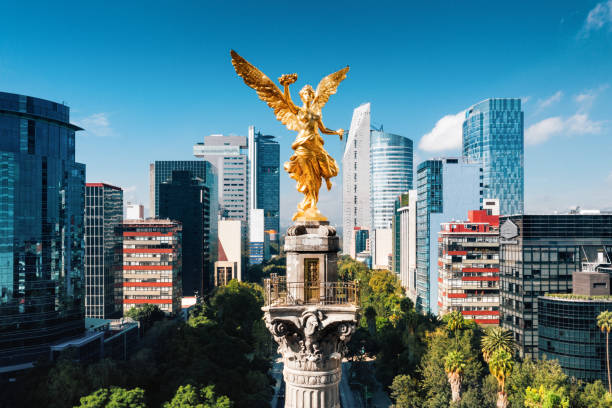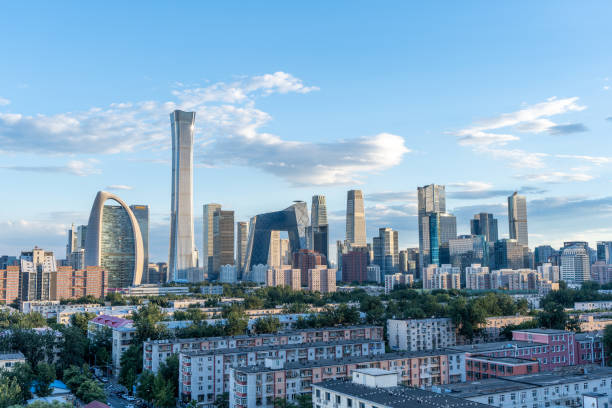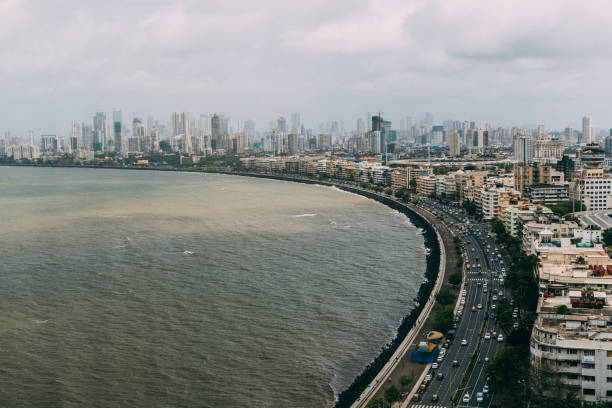Exploring the Artistic Movements and Cultural Influences That Have Made These Cities Beacons of Modern Culture

01 :TOKYO
Tokyo, Japan’s capital, evolved from a small fishing village named Edo into a major global metropolis. In the early 17th century, Tokugawa Iyasu established the Tokugawa Shogun ate in Edo, turning it into Japan’s political center. The name changed to Tokyo, meaning “Eastern Capital,” in 1868 during the Meiji Restoration, marking the start of rapid modernization and industrialization. After World War II, Tokyo underwent significant reconstruction and emerged as a major financial and cultural hub. Today, it is known for landmarks like Meiji Jingo, Tokyo Sky tree, and Shibuya Crossing, and is a leader in technology, fashion, and global finance

02 :London
London, the capital of the UK, has a history spanning over two millennia. Founded by the Romans as Londinium in AD 43, it grew into a major commercial and administrative center. After the Roman period, it became significant during the medieval era with landmarks like the Tower of London. The early modern period saw expansion and rebuilding, particularly after the Great Fire of 1666. The Victorian era brought industrialization and growth, leading to a modern city with landmarks such as Big Ben and the London Underground. Today, London is a global financial and cultural hub, known for its diverse population, iconic landmarks, and significant institutions.

03 :New York City
New York City, originally settled as New Amsterdam by the Dutch in 1624, was taken over by the English in 1664 and renamed New York. It grew rapidly in the 19th century due to industrialization and immigration, becoming a major port and cultural center. The 20th century saw it solidify its status as a global financial and cultural hub with landmarks like the Empire State Building and the World Trade Center. After the September 11, 2001, attacks, the city rebuilt and remains a leading center of finance, media, and culture, known for its diverse neighborhoods and iconic sites such as the Statue of Liberty and Times Square.

04 :Paris
Paris, France’s capital, has a rich history dating back to Roman times when it was known as Lutetia. By the medieval period, it had emerged as a key cultural and political center. The Renaissance and subsequent centuries saw Paris flourish with architectural and cultural advancements, notably under Haussmann’s renovations in the 19th century. The city was significantly impacted by the French Revolution and both World Wars but rebuilt and modernized in the post-war era. Today, Paris is famous for landmarks like the Eiffel Tower and the Louvre, and is a global hub for art, fashion, and cuisine.

05 :São Paulo
São Paulo, Brazil’s largest city, was founded in 1554 as a Jesuit mission and grew significantly in the 19th century due to the coffee boom, attracting diverse immigrants. The city industrialized rapidly and became a major economic center in the 20th century. Today, São Paulo is a global financial hub known for its cultural institutions, diverse neighborhoods, and extensive public transport system. It plays a crucial role in international business and culture, reflecting its evolution from a small settlement to a leading metropolis.

06 :Amsterdam
Amsterdam, the capital of the Netherlands, began as a small fishing village in the late 12th century. It became a major trading hub during the 14th and 15th centuries and reached its peak in the 17th century, known as the Golden Age, with economic prosperity and a flourishing art scene. The city experienced economic decline in the 18th century but revitalized in the 19th century with industrialization. Today, Amsterdam is renowned for its picturesque canals, historic architecture, and cultural institutions such as the Rijksmuseum and the Van Gogh Museum. It remains a vibrant city known for its liberal social policies and dynamic cultural life.

07 :Mexico City
Mexico City, the capital of Mexico, was originally the Aztec city of Tenochtitlán before being conquered by the Spanish in 1521 and rebuilt as Mexico City. It became the capital of the Viceroyalty of New Spain and later the independent Mexican Republic. The city experienced rapid growth and modernization in the 20th century, becoming a major economic and cultural hub in Latin America. Today, it is known for its historic landmarks, such as the Zocalo and the Metropolitan Cathedral, as well as its vibrant cultural scene and modern infrastructure.

08 :Beijing
Beijing, the capital of China, has a rich history stretching back to ancient times when it was known as Ji. It became the capital under the Ming Dynasty in 1368, and continued to be an important center during the Qing Dynasty. After the fall of the Qing Dynasty, it was briefly renamed Beiping before reverting to Beijing in 1949 with the establishment of the People’s Republic of China. Today, Beijing is a global city known for its historical landmarks like the Forbidden City and the Great Wall, as well as modern architectural achievements such as the Bird’s Nest Stadium. It serves as China’s political, cultural, and economic hub.

09 :İstanbul
Istanbul, Turkey’s largest city, has a rich history that spans several empires. Founded as Byzantium around 660 BC, it was renamed Constantinople in 330 AD by the Roman Emperor Constantine the Great. It became a major center of the Byzantine Empire and, after the Ottoman conquest in 1453, was renamed Istanbul and became the capital of the Ottoman Empire. Today, Istanbul is a vibrant metropolis that bridges Europe and Asia, known for its historic landmarks such as the Hagia Sophia and the Blue Mosque, as well as its modern cultural and economic significance.

10 :Mumbai
Mumbai, formerly Bombay, is India’s largest city and financial capital. Originally a group of islands with ancient settlements, it was taken over by the Portuguese in the 16th century and later ceded to the British in 1661. Under British rule, it grew into a major trading port and industrial hub. Post-independence, Mumbai continued to expand as a key economic, cultural, and financial center, known for its vibrant film industry, Bollywood. Despite challenges like overcrowding and infrastructure issues, Mumbai remains a dynamic and influential metropolis with significant economic and cultural impact.
Conclusion
As we conclude our exploration of the top 10 cities around the globe, it becomes clear that these urban centers exemplify the remarkable diversity and dynamism of modern city life. Each city, in its unique way, contributes to the vibrant tapestry of global culture, innovation, and lifestyle.
These cities stand out not just for their iconic landmarks and rich histories but also for their roles as pioneers in technology, sustainability, and cultural development. They serve as testaments to human creativity and adaptability, offering unparalleled experiences that range from cutting-edge advancements to historical grandeur.
From the innovative technologies reshaping daily living to the historical charm that connects us with the past, these cities reflect the myriad ways in which urban spaces can evolve and inspire. They showcase the potential of cities to be both global hubs of progress and guardians of cultural heritage.
Ultimately, the top cities in the world are more than mere locations; they are living embodiments of the aspirations and achievements of societies across the globe. They offer us valuable insights into the possibilities of urban life and remind us of the boundless opportunities for growth and exploration in our ever-changing world.
In summary, the exploration of these top cities highlights the extraordinary ways in which human ingenuity and cultural richness converge to create vibrant, transformative urban environments. As we look to the future, these cities offer a glimpse into the diverse paths that cities around the world can take, shaping the global landscape of tomorrow.
